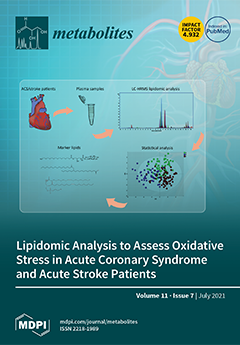The utility of measuring whole-animal performance to frame the metabolic response to environmental hypoxia is well established. Progressively reducing ambient oxygen (O
2) will initially limit maximum metabolic rate as a result of a hypoxemic state and ultimately lead to a time-limited, tolerance state supported by substrate-level phosphorylation when the O
2 supply can no longer meet basic needs (standard metabolic rate, SMR). The metabolic consequences of declining ambient O
2 were conceptually framed for fishes initially by Fry’s hypoxic performance curve, which characterizes the hypoxemic state and its consequences to absolute aerobic scope (AAS), and Hochachka’s concept of scope for hypoxic survival, which characterizes time-limited life when SMR cannot be supported by O
2 supply. Yet, despite these two conceptual frameworks, the toolbox to assess whole-animal metabolic performance remains rather limited. Here, we briefly review the ongoing debate concerning the need to standardize the most commonly used assessments of respiratory performance in hypoxic fishes, namely critical O
2 (the ambient O
2 level below which maintenance metabolism cannot be sustained) and the incipient lethal O
2 (the ambient O
2 level at which a fish loses the ability to maintain upright equilibrium), and then we advance the idea that the most useful addition to the toolbox will be the limiting-O
2 concentration (LOC) performance curve. Using Fry & Hart’s (1948) hypoxia performance curve concept, an LOC curve was subsequently developed as an eco-physiological framework by Neil et al. and derived for a group of fish during a progressive hypoxia trial by Claireaux and Lagardère (1999). In the present review, we show how only minor modifications to available respirometry tools and techniques are needed to generate an LOC curve for individual fish. This individual approach to the LOC curve determination then increases its statistical robustness and importantly opens up the possibility of examining individual variability. Moreover, if peak aerobic performance at a given ambient O
2 level of each individual is expressed as a percentage of its AAS, the water dissolved O
2 that supports 50% of the individual’s AAS (DO
AAS-50) can be interpolated much like the P
50 for an O
2 hemoglobin dissociation curve (when hemoglobin is 50% saturated with O
2). Thus, critical O
2, incipient lethal O
2, DO
AAS-50 and P
50 and can be directly compared within and across species. While an LOC curve for individual fish represents a start to an ongoing need to seamlessly integrate aerobic to anaerobic capacity assessments in a single, multiplexed respirometry trial, we close with a comparative exploration of some of the known whole-organism anaerobic and aerobic capacity traits to examine for correlations among them and guide the next steps.
Full article






